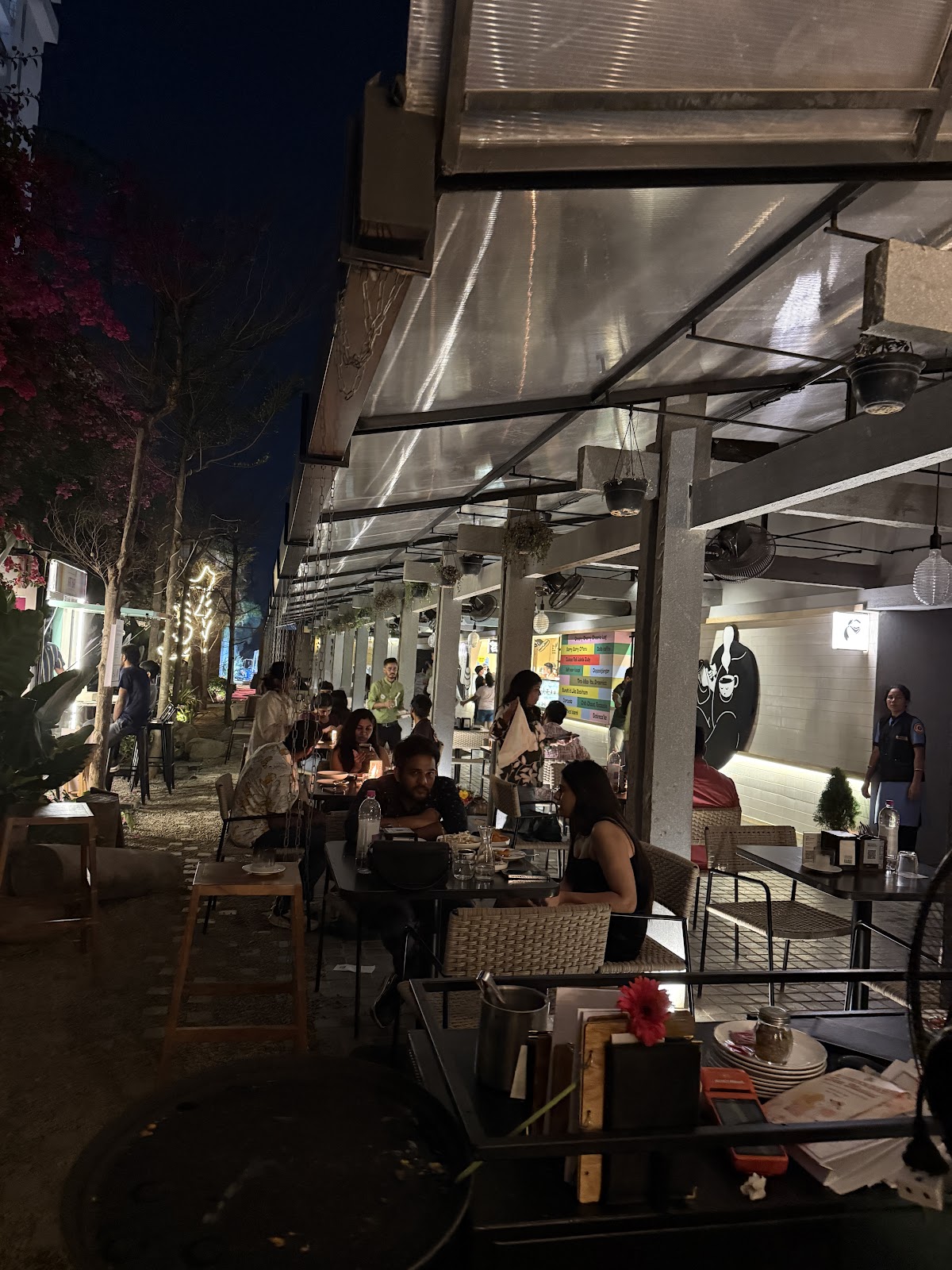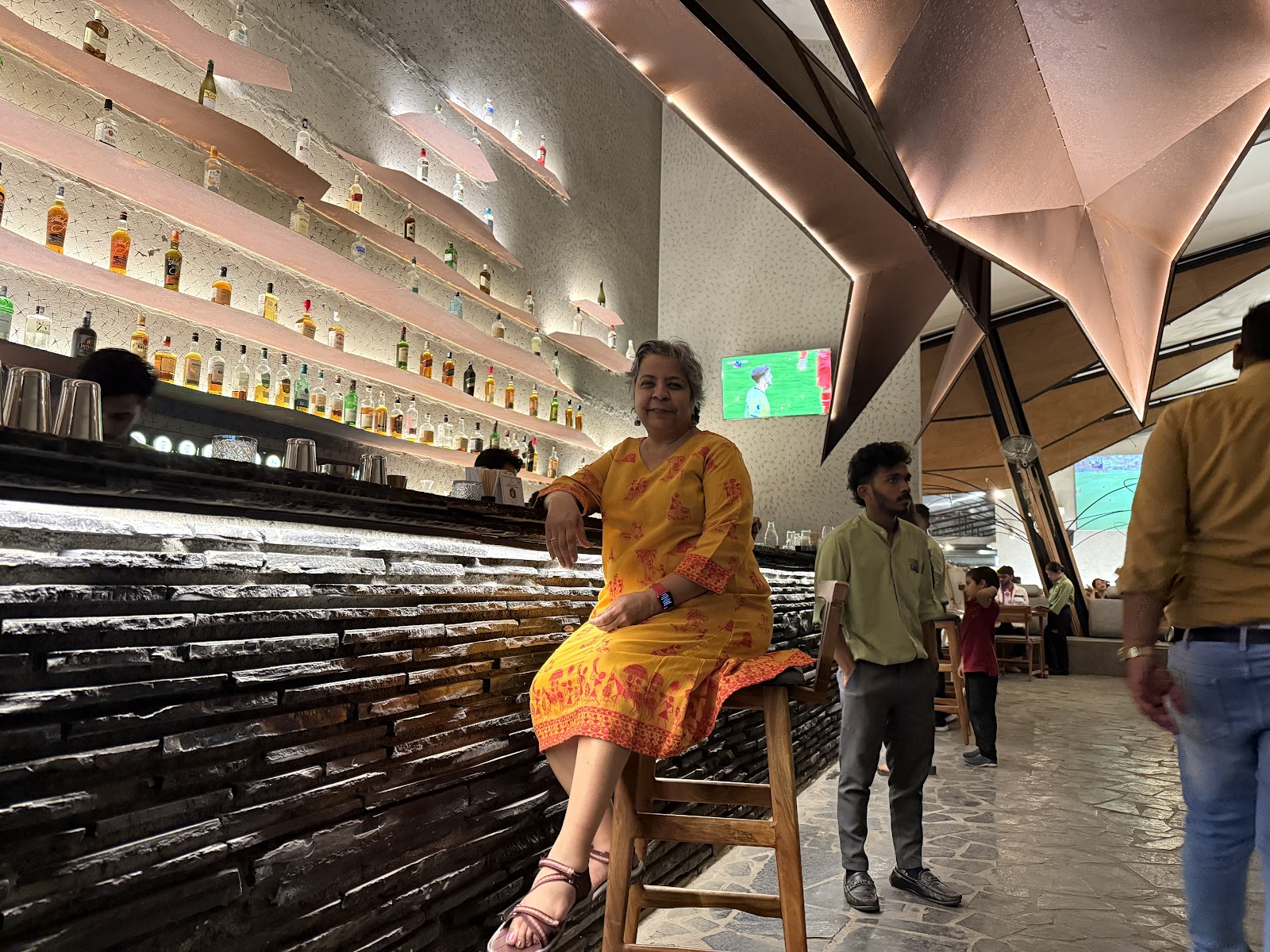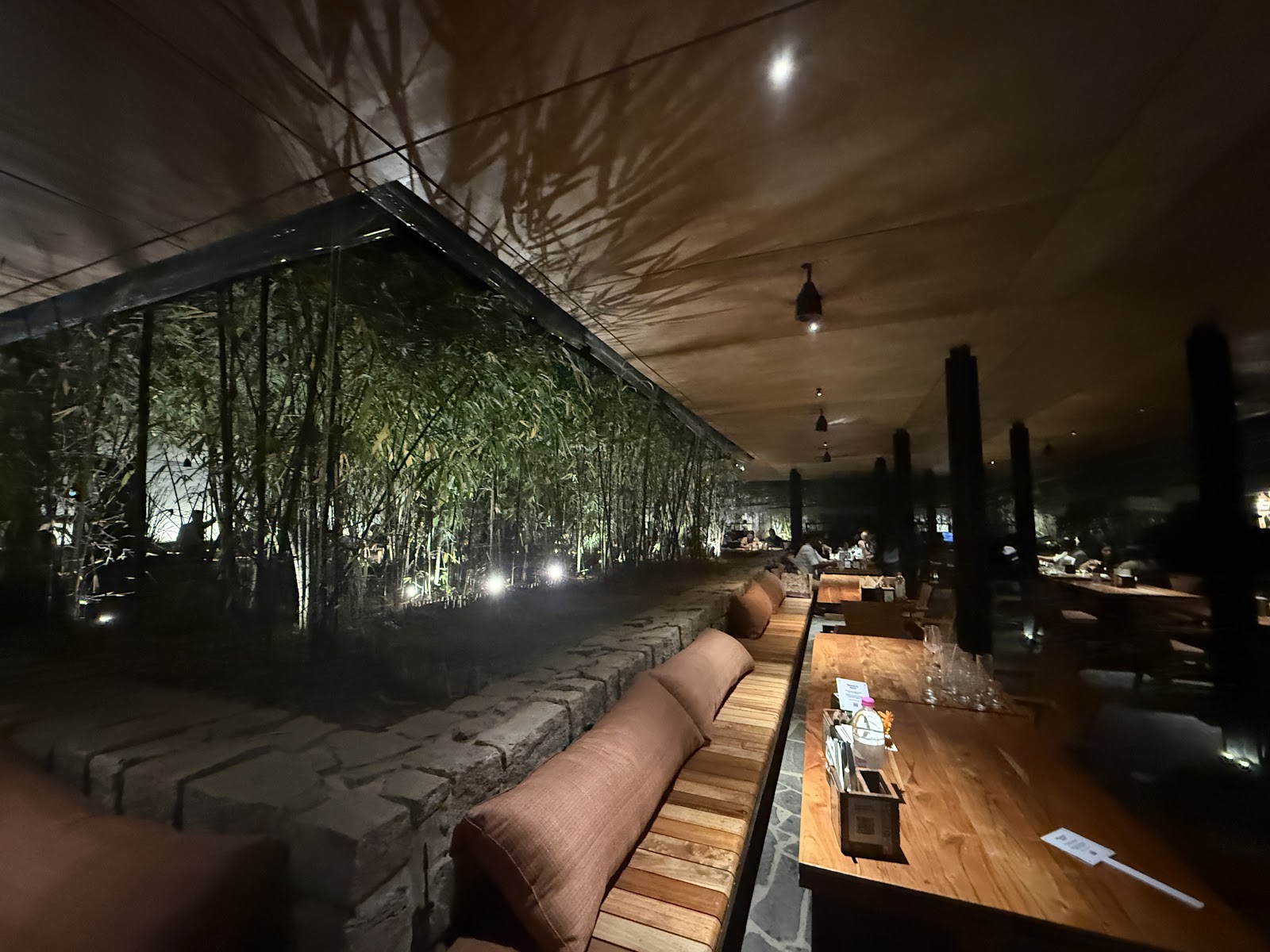How do you measure a contribution? How do you evaluate your role in a larger plan, and the impact of your efforts on that broader vision? I recently attended a Board of Directors retreat, where we spent the entire day discussing policy changes, the state of American politics, and the future of all nonprofits—mental health providers included. We were all concerned about the present, but we were also reminded that things were never truly in the right place, even 50 years ago. Even in the darkest of times, it’s one step at a time.
In these uncertain times while we can’t predict the outcome or decide on a single course of action, we know one thing for sure: we must keep moving forward.
After 2016 election, when everything seemed to fall apart, my eldest child said something to me that resonated deeply: "The darkest times create more social awareness. People take their social responsibilities more seriously and commit to causes."
I see this shift happening within the Desi Moms Network. More and more mothers are becoming interested in understanding policies, the school system, and the importance of awareness when advocating for their children. It's an inspiring change.
Two mothers from the group recently enrolled in the Parent Consultant Training Institute (PCTI), run by the Federation for Children with Special Needs. It’s a 60 plus-hour commitment. One of these mothers has a baby only a few months old, yet she was determined to learn more to better support her 10-year-old daughter. I am so proud of her dedication.
This is exactly what we need in these times—people who are not only aware of the challenges, but who are actively seeking knowledge and tools to create change. It's a reminder that even when things seem uncertain or daunting, we can always take action, one step at a time.
As a community, as parents, as advocates, our contributions may sometimes feel small in the grand scheme of things, but they add up. They spark awareness, inspire action, and can ultimately drive change. Together, we can help build a better future for the next generation, even when the road ahead is unclear.
A silk saree for the retreat.


































